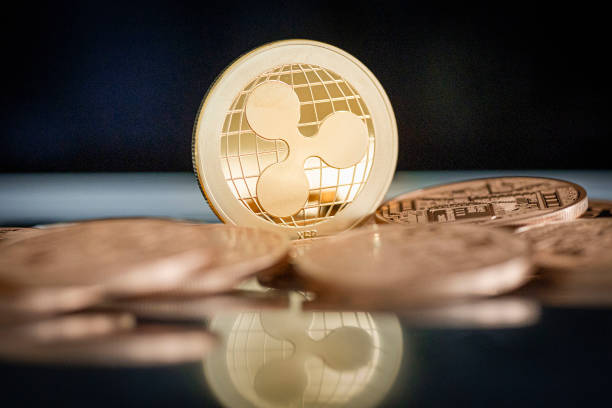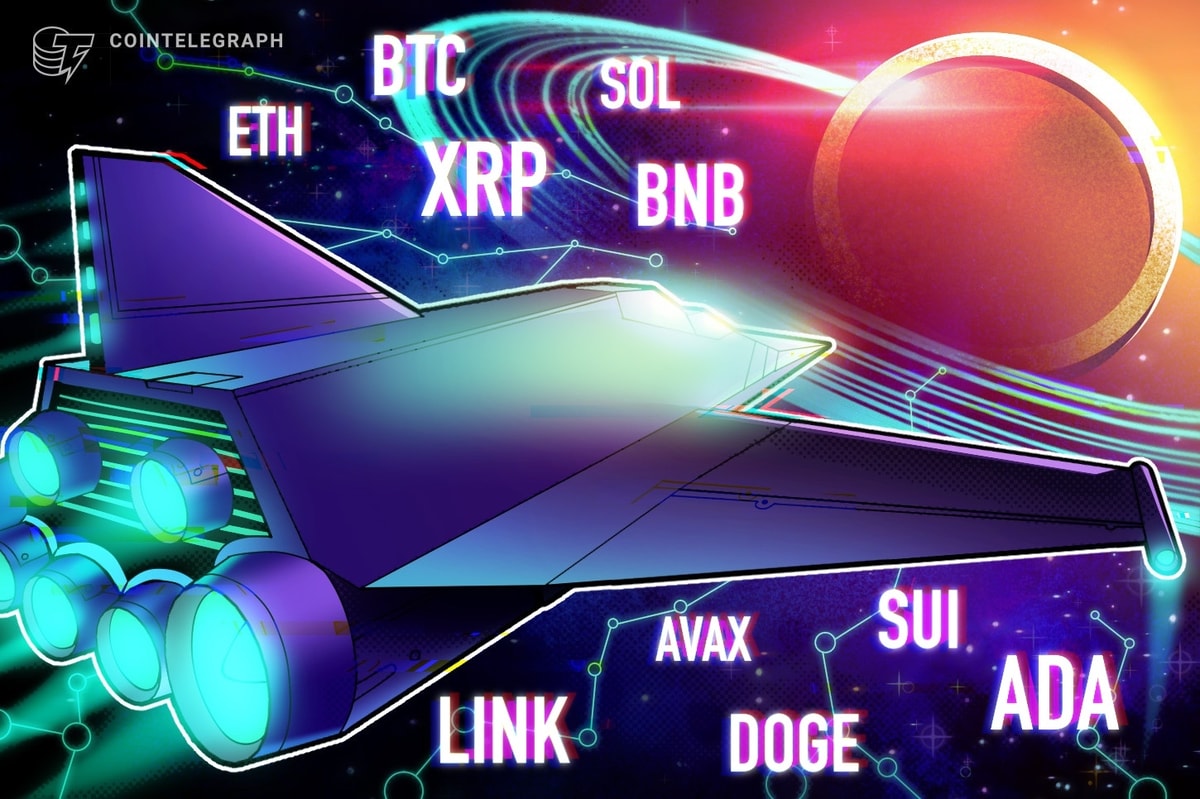This past weekend, Dash became the first digital currency without the word “Bitcoin” in its name to breach the $1,000 barrier. Dash began the year at $11.26, while its price at press time has now reached $1206, a 107-fold increase in just less than a year. In fact, even Ethereum’s tremendous surge is less than Dash’s gains, with Ethereum having seen 99-fold growth in 2017.
Governance and budget
Governance has become a hot topic in the digital currency world following Bitcoin’s notorious blocksize debate. Dash allows owners of 1,000 DASH to create a special node called a masternode, and owners of masternodes receive a vote on the future direction of the currency. Masternode owners also get to vote on the allocation of Dash’s monthly budget.
Ten percent of each block reward is reserved to fund projects that are approved by the masternode network. Such projects can take many forms, so long as they advance the Dash ecosystem in some way. Dash can therefore afford to hire a large team of developers while simultaneously undertaking projects like Alt36’s point-of-sale integration.
At current values, Dash has a monthly budget of $8 mln (implying an annual budget of almost $100 mln). While Ethereum and several ICO projects have large warchests, no other cryptocurrency project has such a large recurring budget.
Scaling
Dash has also made news with its recent activation of 2 MB blocks. Unlike Bitcoin and Ethereum, Dash is pursuing an on-chain scaling solution. While the two largest digital currencies are pursuing off-chain scaling solutions, Lightning Network and Raiden Network, respectively, Dash is endeavoring to keep all transaction data on its Blockchain.
This is made possible because Dash’s masternodes - 4600 in total - each carry a full copy of the Blockchain and perform other services for the network. In compensation, each masternode is paid 45% of Dash’s block reward. At current Dash prices, this comes out to about $8,300 per month. Since masternodes receive such large rewards, masternode owners can afford quality VPS servers with high bandwidth and storage capacity.
Eventually, founder Evan Duffield sees Dash moving to super-large blocks, possibly as large as 1 GB each. Such massive blocks would require masternodes to run on expensive, custom hardware and allow the network to support millions - or tens of millions - of users.
Duffield writes:
“Even Satoshi Nakamoto, founder of Bitcoin, seems to have simply assumed that advances in hardware and networking would solve the scalability problem for him. Dash is the first digital currency to come up with an answer to scalability that’s not based on technology that doesn’t yet, and might never, exist. Dash will be able to rival the likes of PayPal and VISA simply by using its existing infrastructure.”
Research
About a year ago, Duffield handed over leadership of the Core development team to current CEO Ryan Taylor. Duffield has since used his own Dash holdings to fund a new organization called Dash Labs, which is currently researching scaling and custom hardware solutions. Arizona State University is also doing research on how to improve the Dash network. Earlier this year the masternodes funded a large endowment to fund the university’s research.
Making it easy
Despite calls from the community to use budget funds for something splashy like a Superbowl ad, the Core development team has been reluctant to over-promote the project. The team is currently working on the next iteration of Dash, called Dash Evolution. This new software is intended to make digital currency so easy that “your grandmother could use it.” Dash’s developers are aiming for a PayPal-like experience, something that’s simple and intuitive.
Dash’s current roadmap calls for an early version of Evolution to be launched in the summer of 2018.











